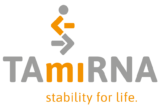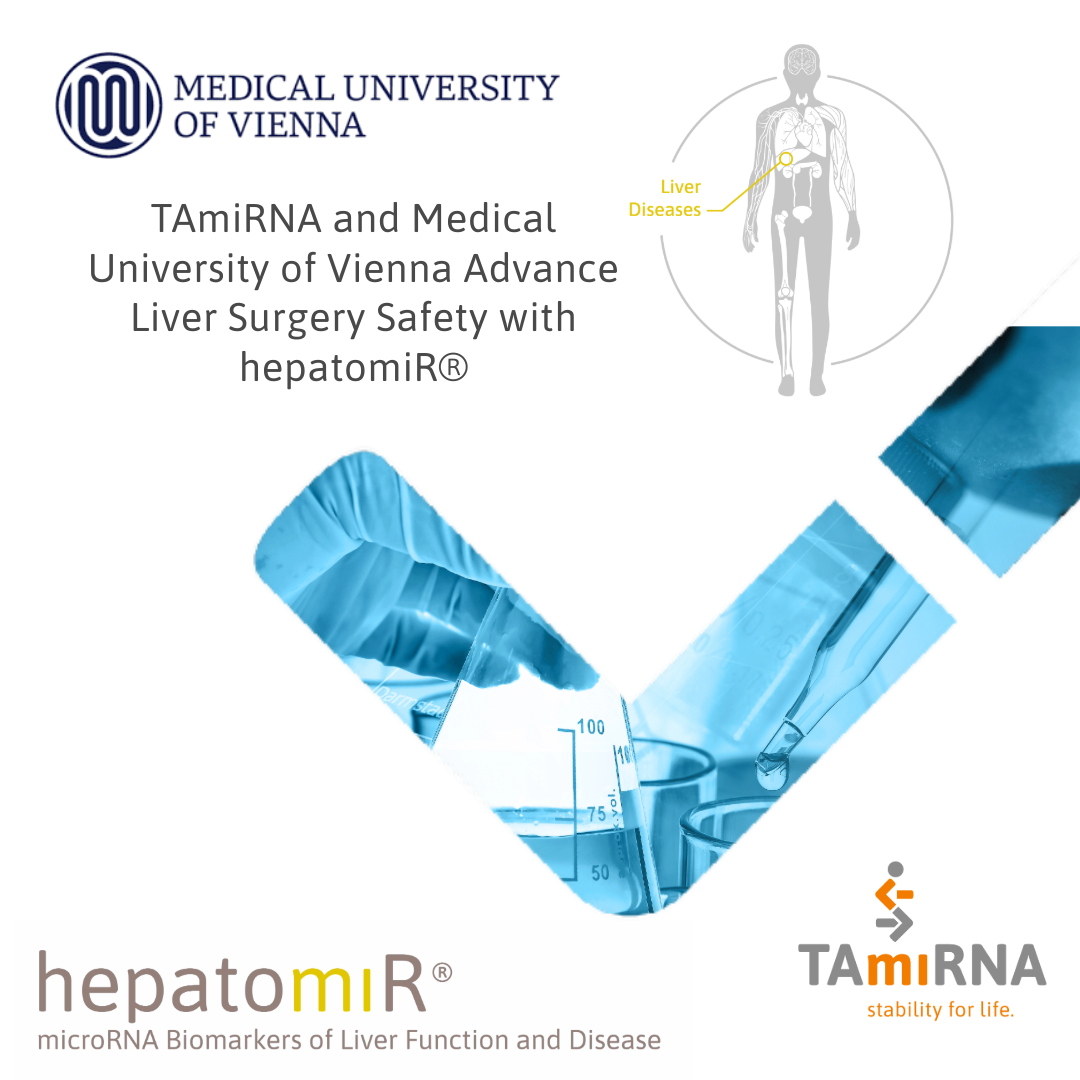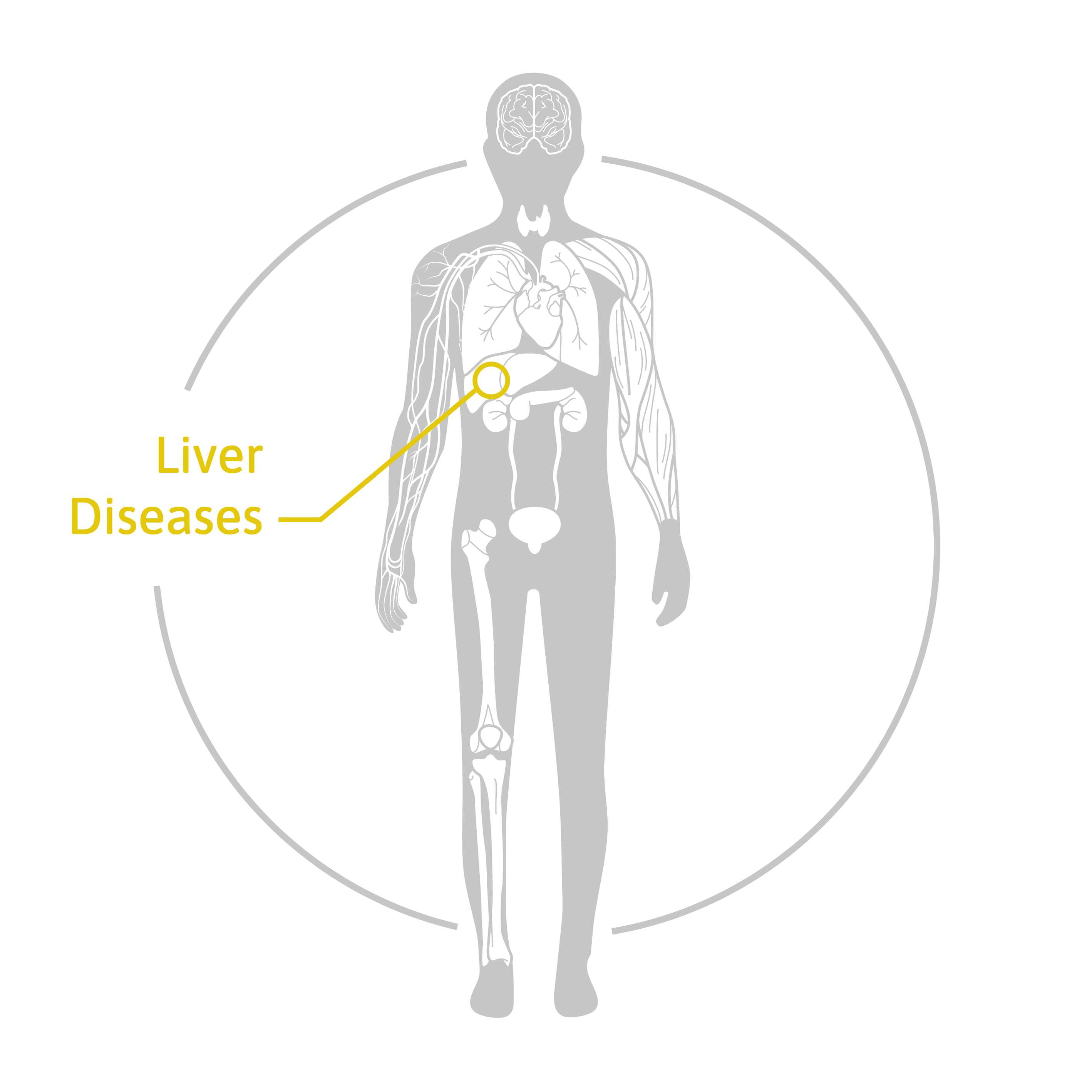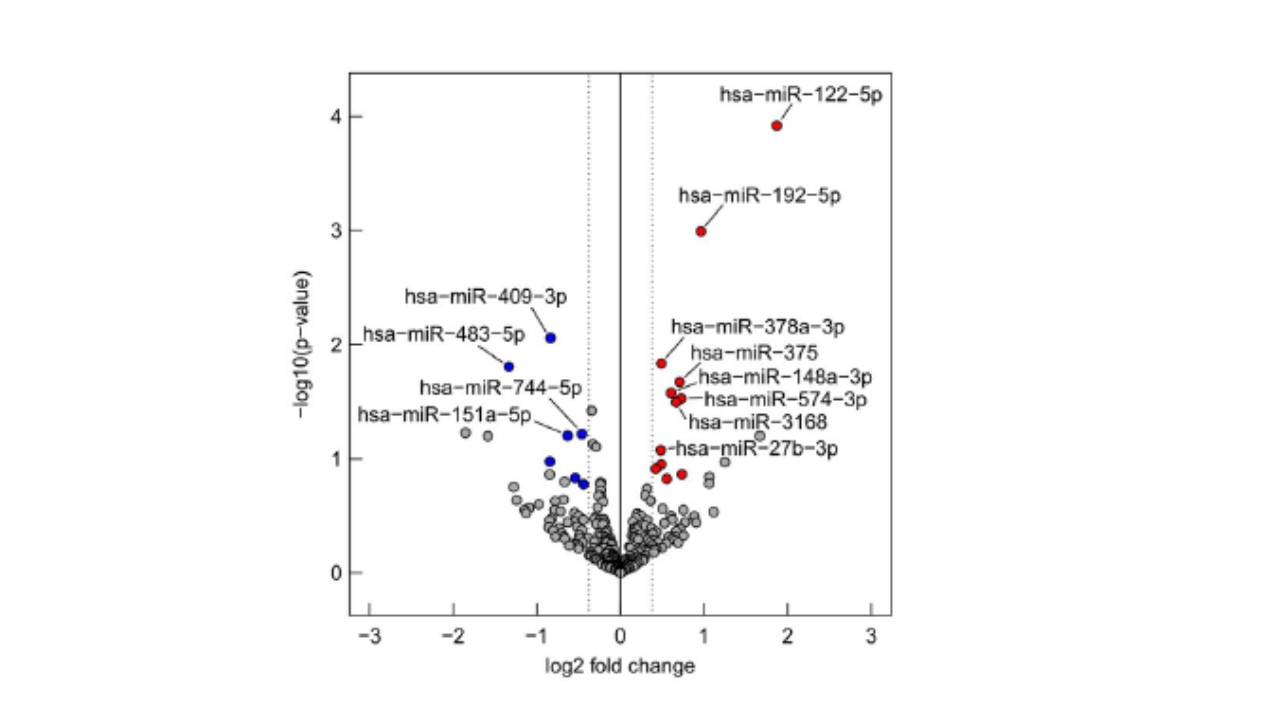TAmiRNA and Medical University of Vienna Advance Liver Surgery Safety with hepatomiR®
TAmiRNA has joined forces with the Medical University of Vienna to develop an innovative microRNA test (hepatomiR®) to improve safety in liver surgery. The pioneering qPCR-based test is founded on original research by two of the university’s associate professors, Dr. Alice Assinger, Head of the Vienna Platelet Lab, and Dr. Patrick Starlinger, who heads the university’s TELL Translational and Experimental Liver Laboratory. Their work on the mechanisms of circulating microRNAs complements original work done by TAmiRNA over the past decade. Urgent medical need This work has resulted in an easy-to-use CE-IVD-certified qPCR test for standardized determination of hepatocyte- and endothelial-derived microRNAs. The individual miRNA levels are converted into a liver function score (P-Score) to ascertain a patient´s [...]













